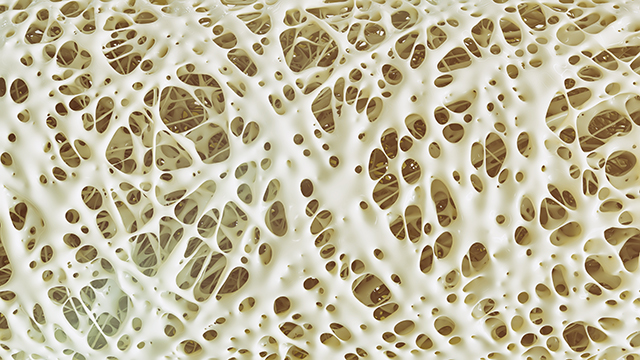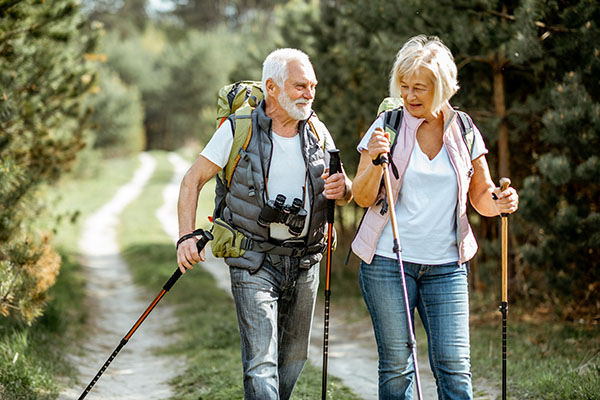
Common myths about osteoporosis
Osteoporosis is a degenerative disease that causes bones to become brittle over time. It is the leading cause of fractures and disability in adults aged 65 years and older.
Despite the prevalence of osteoporosis, myths surrounding this disease prevent people from seeking proper treatment as soon as possible. As a result, a diagnosis of osteoporosis often happens after a patient's first bone fracture.
Below are some of the most common assumptions and misconceptions regarding osteoporosis.
Osteoporosis is a natural part of the aging process
It's true that age is an important factor in determining the risk of osteoporosis. However, there is so much more to this bone disease than age. People start to lose bone mass in their 30s since bone calcium and other minerals will start to dwindle at that point. But this is part of the natural aging process, so it is not a reliable indicator of osteoporosis risk. Genetics and nutritional deficiencies might also have a hand in the development of osteoporosis, as well as poor habits like excessive coffee consumption, smoking and lack of exercise.
Osteoporosis is not a serious condition
Although it's possible to recover from a fracture, a fracture that occurs later in life due to brittle bones can be a death sentence for older adults. A simple fall can result in a hip fracture that might leave an individual disabled for the rest of his or her life. Hip fractures can also increase the risk of death in older adults.
Men do not develop osteoporosis
Women are more at risk of osteoporosis since it occurs due to low levels of estrogen after menopause. But this does not mean that men are exempt from osteoporosis. According to the IOF, one in five men over the age of 50 will experience osteoporotic fractures at some point. Factors like poor nutrition and nutritional deficiencies also heighten the risk of osteoporosis regardless of gender.
Young adults do not need to think about osteoporosis
Young and old adults alike benefit from good lifestyle habits like exercising and eating a balanced diet. Exercise, for example, helps maintain strong bones, while a balanced diet ensures that bones receive nutrients essential for bone formation like calcium and vitamin D. Together, these habits help reduce the risk of osteoporosis whether early or later in life.
Slender people are not at risk of osteoporosis
Being slender is a good indicator of physical fitness. However, having a slight, thin build is considered a risk factor for osteoporosis. Individuals who are underweight are also at an increased risk of osteoporosis. People who fall under either group should focus on preventive strategies to keep bones strong and prevent bone loss.
Symptoms of osteoporosis can be felt
Osteoporosis is considered a silent disease. This means that it does not cause pain or show symptoms as it progresses. For this reason, most diagnoses of osteoporosis happen after the first fall or bone fracture. To further complicate things, the few visible markers of osteoporosis, such as bad posture and loss of height over time, are unremarkable to the untrained eye.
Falls are the sole cause of fractures
Older adults with late-stage osteoporosis tend to have bones that are so brittle even the slightest pressure can cause a fracture. Apart from falls, fractures can also occur due to trauma, a bad twist and improper lifting techniques. (Related: Increasing vitamin C intake can reduce hip fracture risk by 44 percent: Study.)
Osteoporosis is untreatable
It's possible to regain bone mass even after the first fracture. For instance, regular consumption of foods rich in calcium, vitamin D, protein, magnesium, phosphorus and potassium can help slow bone loss. Weight-bearing exercises like walking, jogging and climbing the stairs also help strengthen bones.
Early detection of osteoporosis is key to preventing degenerative bone loss. But even after the first fracture, a person with osteoporosis can still take certain steps to regain bone mass and minimize the risk of fractures in the future.
Read more articles about osteoporosis prevention and management at Prevention.news.
Sources include:
Please contact us for more information.






















